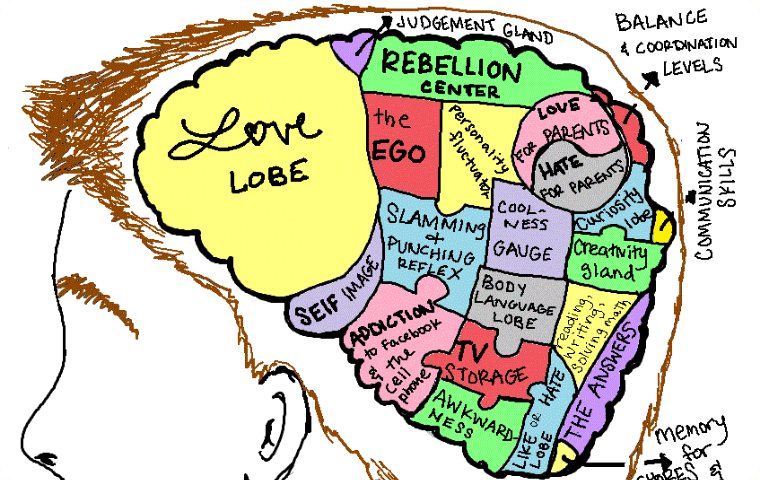From that initial conversation about what it takes to be a safe driver to the moment you find yourself thinking about how to be a good safe driving role model, you’re probably wondering what to do to ensure they become safe drivers. So that you can gain that peace of mind in knowing they’re safe when driving on their own.
- Start Here
- Traffic Safety Research
-
Top Driving Schools

-
Get Your Driver License

-
How to Get a License in Your State

- Alabama
- Alaska
- Arizona
- Arkansas
- California
- Colorado
- Connecticut
- Delaware
- District of Columbia
- Florida
- Georgia
- Hawaii
- Idaho
- Illinois
- Indiana
- Iowa
- Kansas
- Louisiana
- Maine
- Maryland
- Massachusetts
- Michigan
- Minnesota
- Mississippi
- Missouri
- Montana
- Nebraska
- Nevada
- New Hampshire
- New Jersey
- New Mexico
- New York
- North Carolina
- North Dakota
- Ohio
- Oklahoma
- Oregon
- Rhode Island
- South Carolina
- South Dakota
- Tennessee
- Texas
- Utah
- Vermont
- Virginia
- Washington
- West Virginia
- Wisconsin
- Wyoming
-
State Driving Laws

-
Permit Practice Tests

- Alabama
- Alaska
- Arizona
- Arkansas
- California
- Colorado
- Connecticut
- Delaware
- District of Columbia
- Florida
- Georgia
- Hawaii
- Idaho
- Illinois
- Indiana
- Iowa
- Kansas
- Louisiana
- Maine
- Maryland
- Massasschusetts
- Michigan
- Minnesota
- Mississippi
- Missouri
- Montana
- Nebraska
- Nevada
- New Hampshire
- New Jersey
- New Mexico
- New York
- North Carolina
- North Dakota
- Ohio
- Oklahoma
- Oregon
- Pennsylvania
- Rhode Island
- South Carolina
- South Dakota
- Tennessee
- Texas
- Utah
- Vermont
- Virginia
- Washington
- West Virginia
- Wisconsin
- Wyoming
-
DMV Handbooks

- Alabama
- Alaska
- Arizona
- Arkansas DMV Handbook
- California Driver’s Handbook
- Colorado
- Connecticut DMV Drivers Handbook
- Delaware
- District of Columbia
- Florida
- Georgia
- Hawaii
- Idaho Driver’s Handbook
- Illinois
- Indiana
- Iowa
- Kansas
- Louisiana
- Maine
- Maryland
- Massachusetts
- Michigan
- Minnesota
- Mississippi
- Missouri
- Montana DMV Drivers Handbook
- Nebraska
- Nevada
- New Hampshire
- New Jersey
- New Mexico
- New York
- North Carolina
- North Dakota
- Ohio
- Oklahoma DMV Handbook Drivers Manual
- Oregon
- Rhode Island
- South Carolina
- South Dakota
- Tennessee DMV Driver’s Handbook
- Texas
- Utah
- Vermont
- Virginia
- Washington
- West Virginia
- Wisconsin
- Wyoming
-
Find Online Driver’s Ed

- Find a Driving School
-
How to Get a License in Your State
-
What is S.P.I.D.E.R?

- Traffic Safety Research
-
Top Driving Schools

-
Get Your Driver License

-
How to Get a License in Your State

- Alabama
- Alaska
- Arizona
- Arkansas
- California
- Colorado
- Connecticut
- Delaware
- District of Columbia
- Florida
- Georgia
- Hawaii
- Idaho
- Illinois
- Indiana
- Iowa
- Kansas
- Louisiana
- Maine
- Maryland
- Massachusetts
- Michigan
- Minnesota
- Mississippi
- Missouri
- Montana
- Nebraska
- Nevada
- New Hampshire
- New Jersey
- New Mexico
- New York
- North Carolina
- North Dakota
- Ohio
- Oklahoma
- Oregon
- Pennsylvania
- Rhode Island
- South Carolina
- South Dakota
- Tennessee
- Texas
- Utah
- Vermont
- Virginia
- Washington
- West Virginia
- Wisconsin
- Wyoming
-
State Driving Laws

-
Permit Practice Tests

- Alabama
- Alaska
- Arizona
- Arkansas
- California
- Colorado
- Connecticut
- Delaware
- District of Columbia
- Florida
- Georgia
- Hawaii
- Idaho
- Illinois
- Indiana
- Iowa
- Kansas
- Louisiana
- Maine
- Maryland
- Massasschusetts
- Michigan
- Minnesota
- Mississippi
- Missouri
- Montana
- Nebraska
- Nevada
- New Hampshire
- New Jersey
- New Mexico
- New York
- North Carolina
- North Dakota
- Ohio
- Oklahoma
- Oregon
- Pennsylvania
- Rhode Island
- South Carolina
- South Dakota
- Tennessee
- Texas
- Utah
- Vermont
- Virginia
- Washington
- West Virginia
- Wisconsin
- Wyoming
-
DMV Handbooks

- Alabama
- Alaska
- Arizona
- Arkansas DMV Handbook
- California Driver’s Handbook
- Colorado
- Connecticut DMV Drivers Handbook
- Delaware
- District of Columbia
- Florida
- Georgia
- Hawaii
- Idaho Driver’s Handbook
- Illinois
- Indiana
- Iowa
- Kansas
- Louisiana
- Maine
- Maryland
- Massachusetts
- Michigan
- Minnesota
- Mississippi
- Missouri
- Montana DMV Drivers Handbook
- Nebraska
- Nevada
- New Hampshire
- New Jersey
- New Mexico
- New York
- North Carolina
- North Dakota
- Ohio
- Oklahoma DMV Handbook Drivers Manual
- Oregon
- Pennsylvania
- Rhode Island
- South Carolina
- South Dakota
- Tennessee DMV Driver’s Handbook
- Texas
- Utah
- Vermont
- Virginia
- Washington
- West Virginia
- Wisconsin
- Wyoming
-
Find Online Driver’s Ed

- Find a Driving School
-
How to Get a License in Your State
-
What is S.P.I.D.E.R?
















